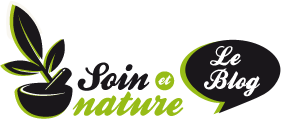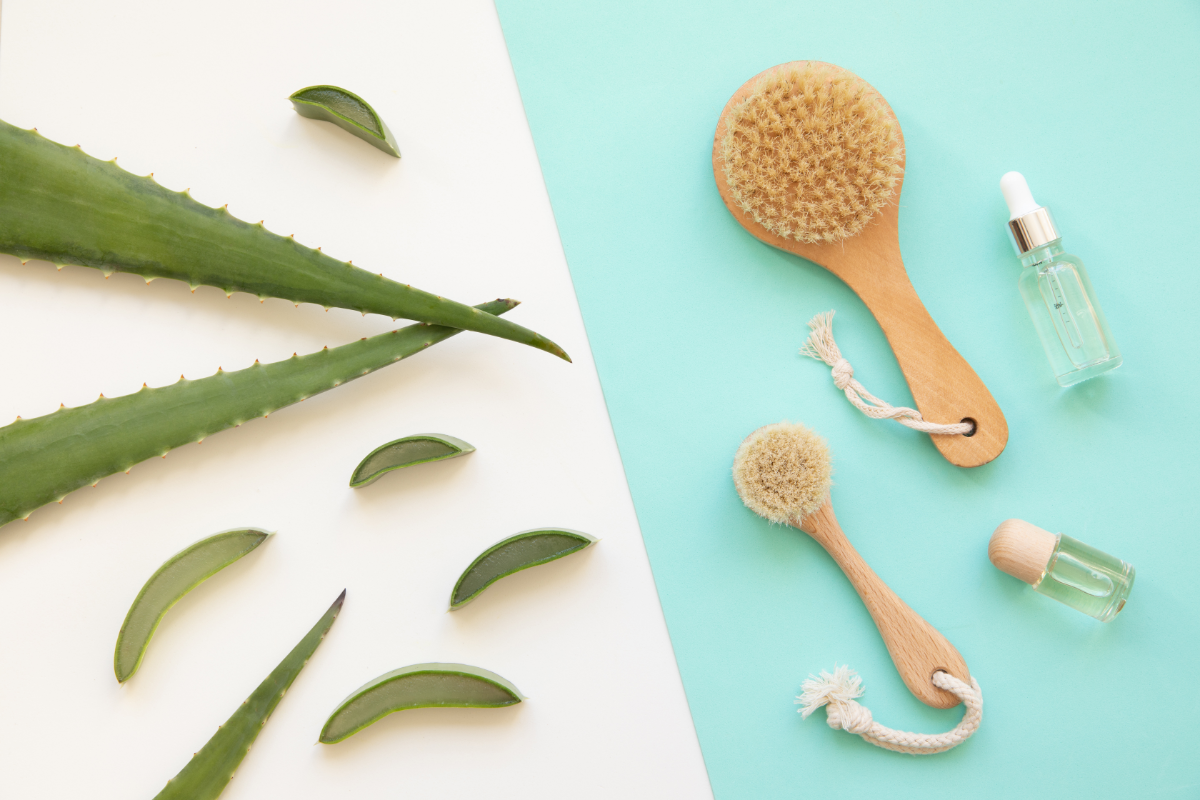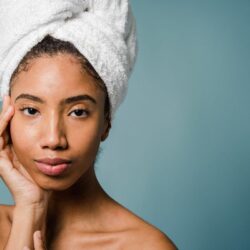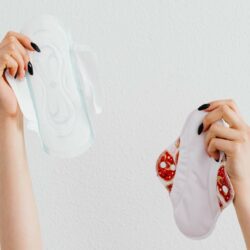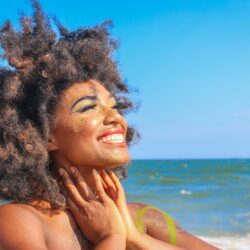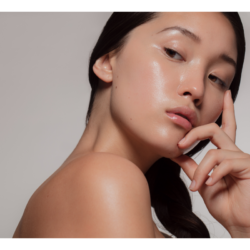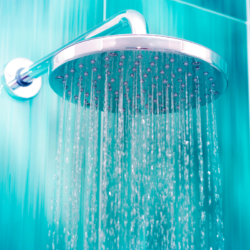Dry brushing is a technique derived from Ayurvedic medicine. A genuine beauty ritual, dry brushing offers numerous benefits, particularly for the skin and blood and lymph circulation.
What is dry brushing?
Dry brushing exfoliates the skin. Dry-brushers use a brush with stiff bristles and preferably a fairly long handle so that they can reach ‘difficult’ areas, such as the back. In fact, it is thanks to the repeated movements and the firmness of the bristles of the brush used that this Ayurvedic technique enablesdead skin to be removed.
Dry brushing is a body care technique that involves using a dry bristle brush to massage and exfoliate the skin. This is generally done on unmoistened skin and without the use of cosmetic products. The main aim is to remove dead cells from the skin’s surface, stimulate blood and lymph circulation, and promote general well-being. It also boosts the skin’s ability to rid itself of toxins.
History and origins of dry brushing
The origins of dry brushing go back several millennia and are associated with different cultures. The ancient Greeks, for example, used strigiles, curved implements, to scrape dirt and perspiration from their bodies after physical exercise. Similarly, in the Indian Ayurvedic tradition, dry brushing is part of body purification rituals, known as ‘Garshana’. The practice is also common in Japanese culture, where it is often combined with hot baths to improve blood circulation and promote relaxation. Over time, dry brushing has evolved into a popular skincare method in the Western world, particularly for its exfoliating and circulation-boosting benefits.
Dry brushing from a naturopathic point of view
The body’s main elimination routes are known as ’emunctories’: the kidneys, liver, lungs, intestines and skin.
Asthe skin is the largest organ in the human body, it is the emunctory that takes over in the event of overload or malfunction of the body’s other ‘outlets‘. In fact, almost a third of waste and toxins are evacuated via the pores of the skin.
Your body breathes through the skin: it absorbsoxygen and expels the carbon dioxide that forms in the tissues.
Certain nutrients are also absorbed through the skin. What’s more, vitamin D is also synthesised through the skin.
If the pores are clogged with dead cells and debris, the skin’s functions are impaired. As a result, impurities remain in the body, which can contribute to the development of certain degenerative diseases.
Dry brushing, with its gentle internal massage, stimulates all the emunctories.
What type of brush should I use for dry brushing?
The choice of brush is a key factor in dry brushing. There are different types of brush suitable for this technique:
- Natural bristle brushes: These are the most recommended for dry brushing. Generally made from boar bristles or plant fibres, they offer the rigidity needed for effective exfoliation while being gentle on the skin.
- Synthetic bristle brushes: More affordable, theyexfoliate the skin effectively.
- Brushes with long handles: Ideal for reaching hard-to-reach areas such as the back. The handle makes them easier to hold and comfortable to use.
- Brushes without handles: Smaller and easier to handle, they’re perfect for brushing legs, arms and stomach.
Tips for choosing a brush
When choosing a brush for dry brushing, there are several factors to consider:
- Bristle type: Choose bristles that are neither too hard nor too soft. Bristles that are too hard can irritate the skin, while those that are too soft won’t be effective enough for exfoliation.
- Comfort of use: Choose a brush that feels good in your hand or has a handle for easy use all over the body.
- Brush quality: A good quality brush will last longer and be gentler on the skin. It’s often better to invest in a slightly more expensive but better quality brush.
- Adaptation to your skin type: If you have sensitive skin, look for brushes specially designed for delicate skin.
By following these criteria, you’ll be able to choose the brush best suited to your needs and enjoy the full benefits of dry brushing.
Can I use dry brushing on my sensitive skin?
Yes, dry brushing is perfectly safe, even if you have sensitive skin. In fact, for dry brushing to be effective, the bristles of the brush used must be fairly firm. However, if your skin is extremely sensitive, all you need to do is use a flannel, for example. On the other hand, if your skin hurts or looks irritated or inflamed, don’t continue using this dry brushing technique.
It’s important not to brush over moles, warts or other lesions. Seek the advice of a healthcare professional before using this home care method. We also recommend that you do not dry-brush your face. The skin on the face is thinner and often more sensitive than that on the body.
What are the recognised benefits of dry brushing?
Dry brushing, although a popular part of body care routines, has been the subject of few detailed scientific studies. However, some research suggests that skin brushing may have beneficial effects on body physiology.
- Effect on nerve reflex excitability: One study examined the impact of skin brushing on the amplitude of the H reflex, a measure of reflex activity in muscles. The results showed that skin brushing can reduce the excitability of this reflex, indicating a potential effect on the peripheral nervous system. This discovery could have implications for the use of brushing in clinical contexts, particularly in individuals with neurological deficits.
- General well-being: Older references mention dry brushing as a method of maintaining health and well-being. Although hard data is limited, the practice is often associated with a general feeling of vitality and revitalisation.
It is important to note that these studies do not constitute definitive proof of the benefits of dry brushing, but they do offer interesting insights into the potential effects of this practice on health and well-being. More in-depth research is needed to conclusively establish the benefits of dry brushing on the skin and the body as a whole.
Does dry brushing drain the lymph?
The body has a parallel system to the blood system: the lymphatic system. This helps the body fight infection. In fact, lymph moves through this ‘circuit’ while being filtered by the lymph nodes. When we are ill, the lymphatic system can become blocked. This is why our lymph nodes are often swollen and tender to the touch.
Dry brushing works to help the body rid itself of toxins through sweat. The bristles of the brush used stimulate the pores and open them up. As a result, the body sweats more easily, optimising the removal of toxins circulating in the lymphatic system.
Comparison with other exfoliation methods (H2)
Advantages of dry brushing over chemical exfoliants
Dry brushing has several advantages over chemical exfoliants:
- Natural and non-invasive: Unlike chemical exfoliants, which can contain acids and other potentially irritating ingredients, dry brushing is a natural method that uses only a brush.
- Stimulates circulation: Dry brushing encourages blood and lymph circulation, which is not always the case with chemical exfoliants.
- Effective on dry skin: This technique is particularly effective at removing dead cells from dry skin, leaving skin softer and smoother.
- No risk of allergic reactions: Chemical exfoliants can sometimes cause allergic reactions or irritation, especially in people with sensitive skin. Dry brushing, if carried out correctly, presents a lower risk of irritation.
Differences with mechanical exfoliation
- Dry method vs. wet method : Mechanical exfoliation, such as the use of exfoliating scrubs, sponges or gloves, is generally carried out on damp skin, whereas dry brushing, as the name suggests, is carried out on dry skin.
- Tools used: Dry brushing uses a brush with dry bristles, while mechanical exfoliation can involve a variety of tools such as sponges, gloves, or brushes designed to be used with water.
- Impact on sensitive skin: Dry brushing can be too intense for sensitive skin, whereas mechanical exfoliation, particularly when carried out with gentle tools and in the presence of water, can be gentler and therefore better suited to sensitive skin.
- Effects on circulation and the lymphatic system: Dry brushing is reputed to stimulate blood circulation and the lymphatic system more significantly than mechanical exfoliation.
In conclusion, the choice between dry brushing and other exfoliation methods depends on a number of factors, including skin type, personal preference and specific skincare goals. It’s important to choose a method suited to your skin type and to be aware of any skin reactions following exfoliation.
FAQ
- Q: Can it be painful?
A: No, dry brushing should not be painful. It is important to use a soft brush and not to press too hard on the skin.
- Q: Can dry brushing be used on all parts of the body?
A: Yes, dry brushing can be used on all parts of the body, except sensitive areas such as the face or irritated skin.
- Q: How long does dry brushing take to show results?
A: The results of dry brushing can vary from person to person. However, it is recommended that you dry-brush regularly for at least a few weeks to see the benefits.
- Q: Can dry brushing help reduce cellulite?
A: Yes, dry brushing can help reduce the appearance of cellulite by improving blood circulation and stimulating the lymphatic system.
- Q: Can it be done every day?
A: Yes, dry brushing can be done every day, as long as you don’t press too hard on the skin and use a soft brush.
- Q: Can it help relieve stress and anxiety?
A: Yes, dry brushing can help relieve stress and anxiety by stimulating the parasympathetic nervous system and promoting relaxation.
- Q: Can dry brushing be carried out during pregnancy?
A: It is advisable to consult a doctor before practising dry brushing during pregnancy, as this may vary according to individual cases.
Read more:
- https://www.ncbi.nlm.nih.gov/pmc/articles/PMC2755111/
- https://pubmed.ncbi.nlm.nih.gov/30047211/
